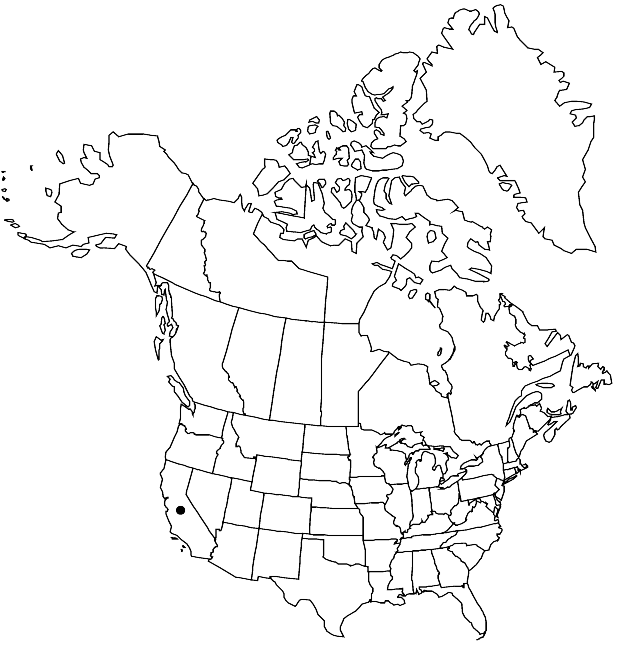Difference between revisions of "Sisymbrium erysimoides"
Fl. Atlant. 2: 84. 1798.
FNA>Volume Importer |
imported>Volume Importer |
||
| (2 intermediate revisions by 2 users not shown) | |||
| Line 6: | Line 6: | ||
|place=2: 84. 1798 | |place=2: 84. 1798 | ||
|year=1798 | |year=1798 | ||
| + | }} | ||
| + | |special_status={{Treatment/ID/Special_status | ||
| + | |code=W | ||
| + | |label=Weedy | ||
| + | }}{{Treatment/ID/Special_status | ||
| + | |code=I | ||
| + | |label=Introduced | ||
}} | }} | ||
|basionyms= | |basionyms= | ||
| Line 23: | Line 30: | ||
|elevation=300-1900 m | |elevation=300-1900 m | ||
|distribution=Calif.;Europe;introduced also in South America (Argentina);Australia. | |distribution=Calif.;Europe;introduced also in South America (Argentina);Australia. | ||
| + | |introduced=true | ||
|discussion=<p><i>Sisymbrium erysimoides</i> apparently is naturalized in the flora area in Riverside County.</p> | |discussion=<p><i>Sisymbrium erysimoides</i> apparently is naturalized in the flora area in Riverside County.</p> | ||
|tables= | |tables= | ||
| Line 46: | Line 54: | ||
|publication title=Fl. Atlant. | |publication title=Fl. Atlant. | ||
|publication year=1798 | |publication year=1798 | ||
| − | |special status= | + | |special status=Weedy;Introduced |
| − | |source xml=https:// | + | |source xml=https://bitbucket.org/aafc-mbb/fna-data-curation/src/2e0870ddd59836b60bcf96646a41e87ea5a5943a/coarse_grained_fna_xml/V7/V7_1147.xml |
|tribe=Brassicaceae tribe Sisymbrieae | |tribe=Brassicaceae tribe Sisymbrieae | ||
|genus=Sisymbrium | |genus=Sisymbrium | ||
Latest revision as of 22:30, 5 November 2020
Annuals; glabrous or pubescent. Stems erect, unbranched or branched distally, (1–)2–6(–8) dm, glabrous or sparsely pilose at least basally, usually glabrous distally. Basal leaves (soon withered); not rosulate; petiole (0.5–)1–4(–6) cm; blade broadly ovate to obovate or broadly oblanceolate, 2–8(–10) cm × 10–30(–50) mm, margins lyrate-pinnatipartite; lobes 2–4 on each side, oblong or lanceolate, smaller than terminal lobe, margins subentire or dentate, (terminal lobe ovate, margins dentate). Cauline leaves similar to basal, (distalmost with shorter petiole); blade smaller, margins dentate, lobes 1–3 on each side. Fruiting pedicels divaricate, stout, nearly as wide as fruit, 1–2(–3) mm, (pilose adaxially). Flowers: sepals ascending, oblong, 1.5–2(–2.5) × 0.8–1.5 mm; petals pale spatulate, 1.4–2(–2.5) × 0.2–0.5 mm, claw ca. 0.5 mm; filaments 1.7–2.5(–3) mm; anthers ovate, 0.1–0.2 mm. Fruits narrowly linear, straight, obscurely torulose, stout, (1.7–)2–4.5(–5.2) cm × 0.9–1.2 mm; valves glabrous; ovules 30–46(–54) per ovary; style (slender) 0.5–1(–2) mm; stigma prominently 2-lobed. Seeds 0.9–1.3 × 0.4–0.6 mm. 2n = 14.
Phenology: Flowering Jan–Oct.
Habitat: Waste grounds, abandoned fields, disturbed sites
Elevation: 300-1900 m
Distribution

Introduced; Calif., Europe, introduced also in South America (Argentina), Australia.
Discussion
Sisymbrium erysimoides apparently is naturalized in the flora area in Riverside County.
Selected References
None.